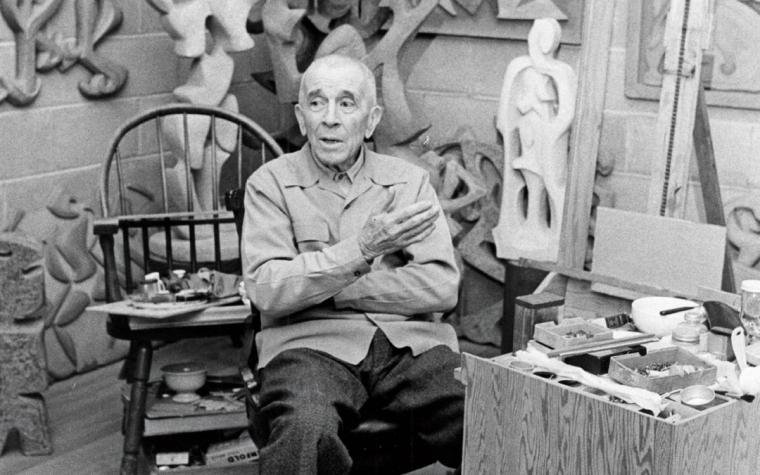
The Figge Art Museum presents “Manierre Dawson: Cubist or Civil Engineer?” -- September 6.
Wednesday, September 6, 6 p.m.
Presented by the Figge Art Museum
Offered in conjunction with the Art Bridges Collection Loan Partnership, an innovative art lending model of displaying outstanding works of American art from the Joslyn Art Museum, Davenport's Figge Art Museum will host the virtual program Manierre Dawson: Cubist or Civil Engineer? on September 6, with Dr. Randy J. Ploog exploring the art, life, and civil-engineering curriculum of the famed abstract painter, sculptor, and Chicago native.
After completing high school, Dawson enrolled in the civil-engineering program at the Armour Institute of Technology. Mechanical drawing methods and descriptive geometry courses led him to paint in a geometric style by the end of 1908, and his analytic geometry and differential calculus courses contributed directly to his first series of abstract paintings in the spring of 1910. He departed Chicago that June for his only trip abroad, and disembarking in Liverpool, Dawson made his way across England to France, south through Germany, across Switzerland to Italy, back north for a second stay in Paris, and around northern Germany before embarking from Bremerhaven in late-November. In Siena, he met and exchanged ideas on painting with John Singer Sargent, while during his return visit to Paris, Dawson attended a Saturday-evening soiree at the apartment of Gertrude Stein and saw paintings by Paul Cézanne in the gallery of Ambrose Vollard.
Fueled by his tour of Europe, 1911 through 1914 marked the most productive years of Dawson's career, with the artist producing a number of paintings based on old-master compositions. In 1914, Dawson participated in two group exhibitions: one traveled to the Detroit Museum of Art, the Cincinnati Museum of Art, and the Peabody Institute in Baltimore; the other resulted in the sale of two paintings to Arthur Jerome Eddy. After moving to rural Michigan and helping to raise a family, he made art from what was available (Portland cement, scraps of lumber, pieces of plywood). Sheets of composite wood were also laminated together for thickness and carved into freestanding sculptures. The first real recognition of Dawson's work began in 1966 with a retrospective exhibition mounted by the Grand Rapids Art Museum. An exhibition organized by the John and Mable Ringing Museum in Sarasota and shared with the Norton Museum of Art in West Palm Springs followed a year later, at which point this exhibition brought the artist to the attention of Robert Schoelkopf, who showed Dawson's work in New York in April of 1969 and March of 1981.
The virtual presentation Manierre Dawson: Cubist or Civil Engineer? will be held on September 6, participation in the 6 p.m. program is free, and more information and a link to the lecture is available by calling (563)326-7804 and visiting FiggeArtMuseum.org.








